 If you experience any of the following symptoms, your kapha doṣa could be out of balance:
If you experience any of the following symptoms, your kapha doṣa could be out of balance:
- Skin is moist and sticky
- Overweight
- Excess mucous
- Hard time getting up in the morning
- Sluggish, lethargic, dull
- Thick tongue coated with white film
- Slow bowel movement
- Has attachment issues
- Possessive
- Overly complacent
- Emotional overeating
There are various ways to pacify doṣas. Diet, lifestyle, yoga, and herbs are a few examples. Let’s look at diet first, since you are what you eat. Remember the kapha doṣa is represented in the body by the elements water and earth. The principles of a Kapha pacifying diet are as follows. (Text Book of Ayurveda Fundamental Principles, Lad, 2003). These are general guidelines and it is always better to have a diet plan created especially for you. If this is something you’re interested in, please feel free to contact me for a complete Ayurvedic consultation.
The main gunas (see previous blog) for kapha are oily (snigdha), cold (shīta), heavy (guru), smooth (ślakṣṇa), slow (manda), stable (sthira), slimy (picchila) and soft (mṛdu). To balance these gunas or tendencies you would want to experience their opposites. Therefore, eat foods that are light, dry and warm and tastes that are bitter, astringent, and pungent. Avoid foods that are heavy, sticky and oily and tastes that are sweet, sour, and salty.
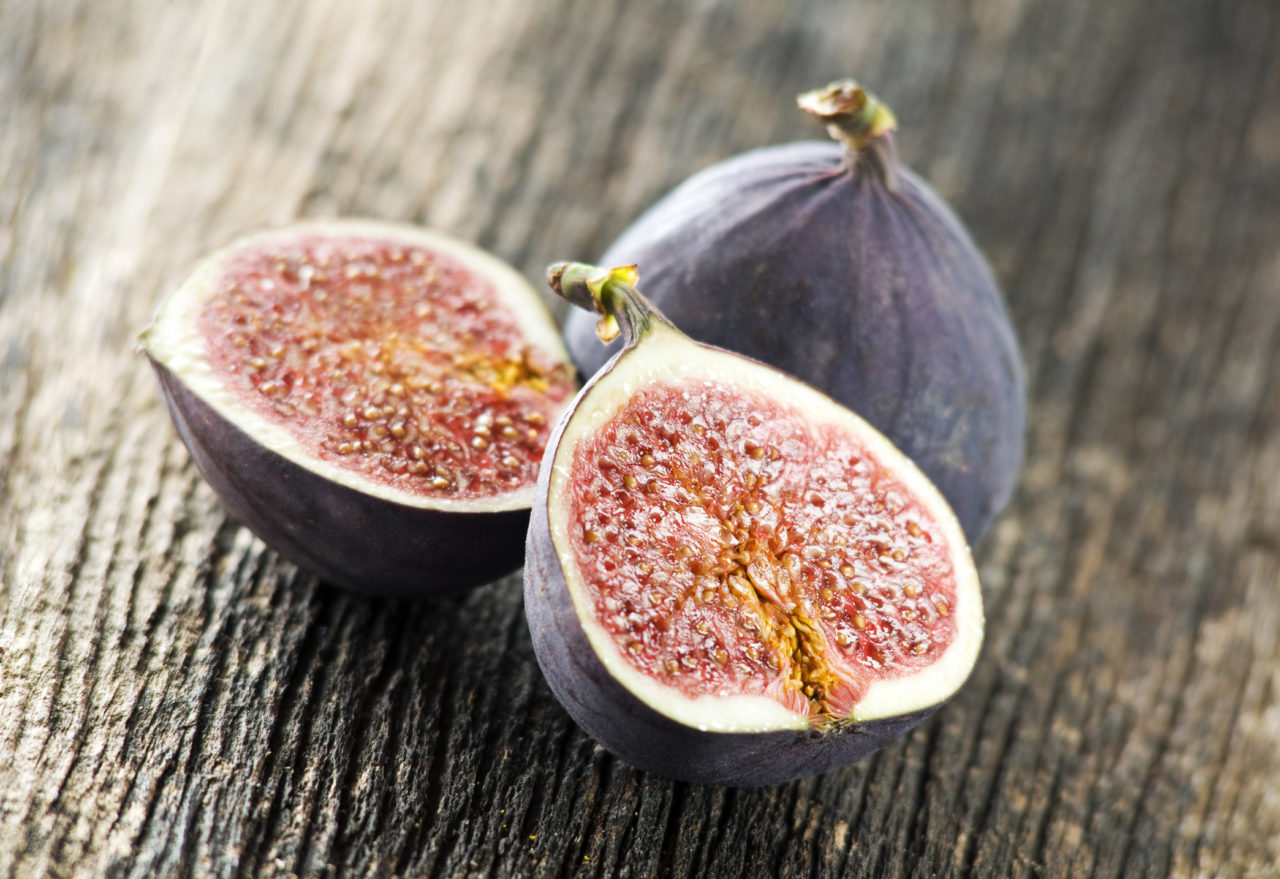
Fruit: Apples, cherries, dry figs, peaches, pears, prunes, raisins, and olives. You may eat lemons, grapes, limes and strawberries in moderation. Avoid sweet and sour fruit, bananas, dates, grapefruit, melons, oranges, pineapple and plums.
Vegetables: In general, most pungent and bitter vegetables. Asparagus, artichokes, beets and greens, broccoli, cabbage, carrots, cauliflower, celery, corn, eggplant, green beans, leafy greens, cooked onions, peas ,green peppers, white potatoes, most sprouts, squashes, turnips and zucchini. Avoid in general, most sweet and juicy vegetables, cucumbers, black or green olives, sweet potatoes, pumpkin, summer squashes, raw tomatoes, and zucchini. It is occasionally okay to eat parsnips.
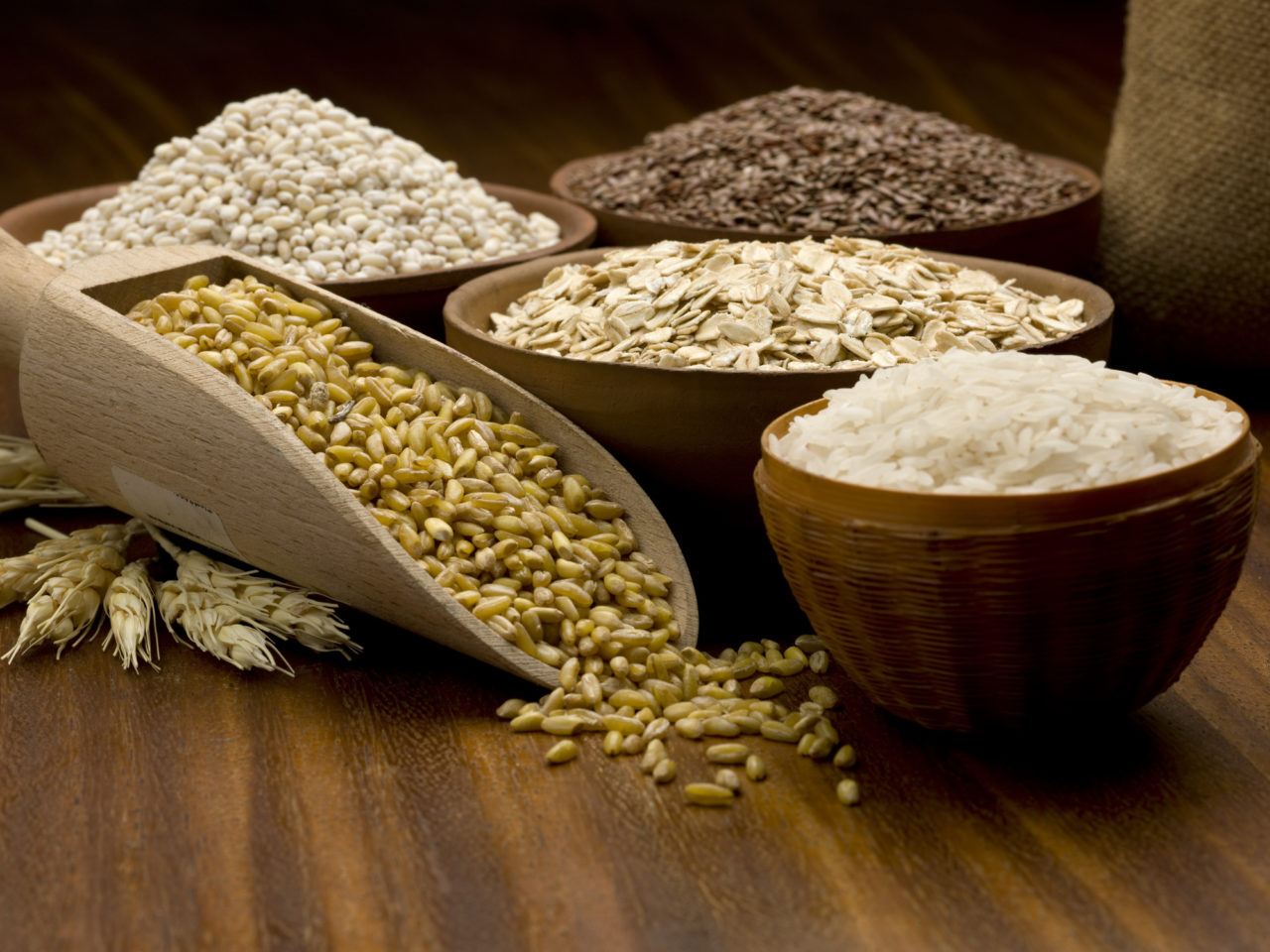
Grains: Barley, bran, buckwheat, quinoa, corn, granola, millet, dry oats rye and amaranth and basmati rice in moderation. Avoid yeast bread, cooked oats, brown and white rice and wheat. Occasionally eat rice cakes and pasta.
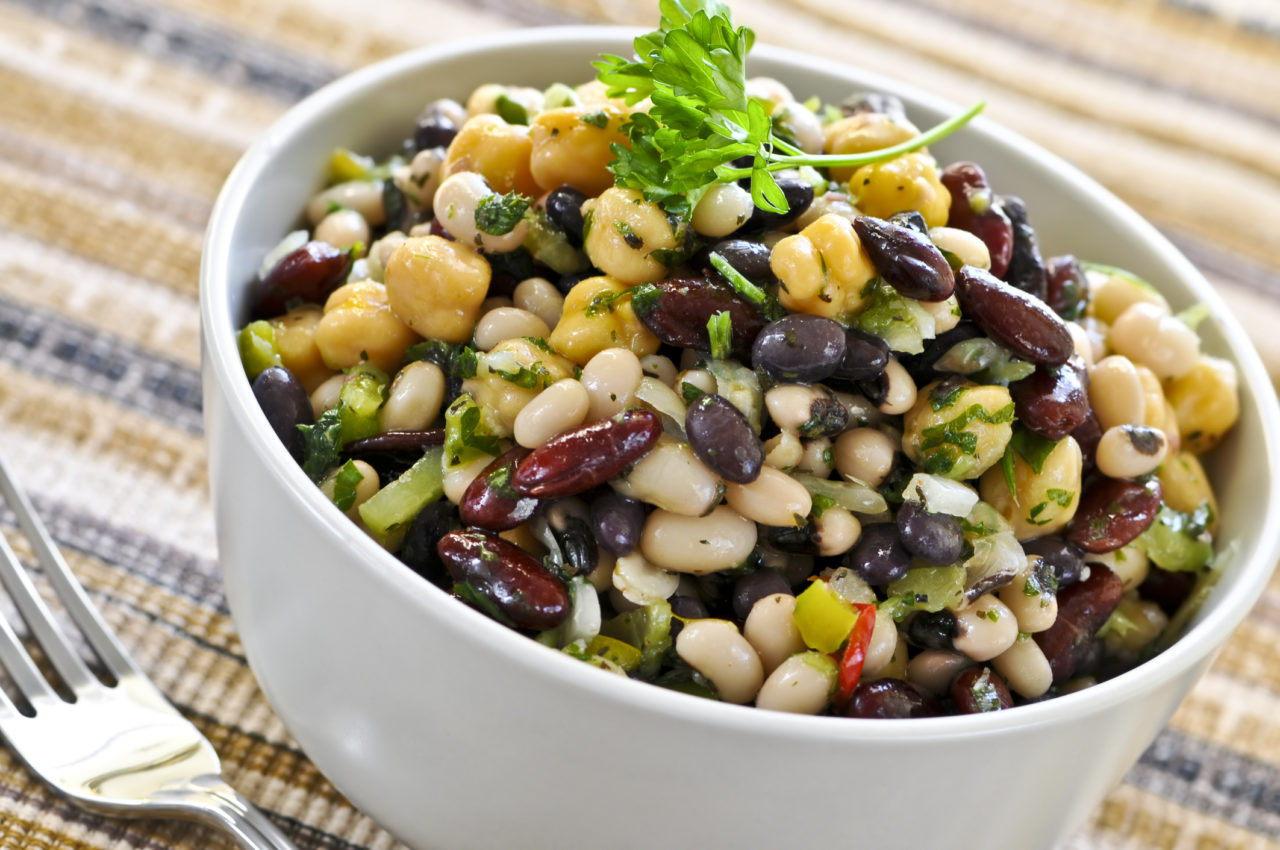
Legumes: Black beans, chick peas, all lentils, navy beans, dried peas, pinto beans, soy milk, and tempeh. Eat mung beans and hot tofu in moderation. Avoid kidney beans, miso, soy beans, soy cheese, soy sauce and cold tofu.
Dairy: Ghee, goat’s cheese, (unsalted and not aged), goat’s milk (skim only), diluted yogurt. In moderation buttermilk and cottage cheese. Avoid salted butter, unsalted butter, most cheeses, cow’s milk, ice cream, sour cream, and plain, with fruit or frozen yogurt.
Animal Foods: Most Kapha’s do not need meat. They can easily get enough protein by eating other foods. If you choose to eat meat, limit consumption to white chicken, eggs (not fried), freshwater fish, rabbit, shrimp, white turkey, and venison. Avoid beef, dark chicken, sea fish, lamb, mutton, pork, dark turkey.
Condiments: Black pepper, chili peppers horseradish, mustard, scallions, and in moderation seaweed. Avoid chocolate, lime, mayonnaise, pickles, salt, and vinegar.
Nuts: Charole. Occasionally almonds, coconut. Avoid all other nuts.
Seeds: Eat in moderation flax, pumpkin, and sunflower seeds. Occasionally you can have psyllium. Avoid sesame seeds.
Oils: (For internal and external use) corn, canola, and sunflower. In moderation ghee. External: use sesame. Avoid all other oils.
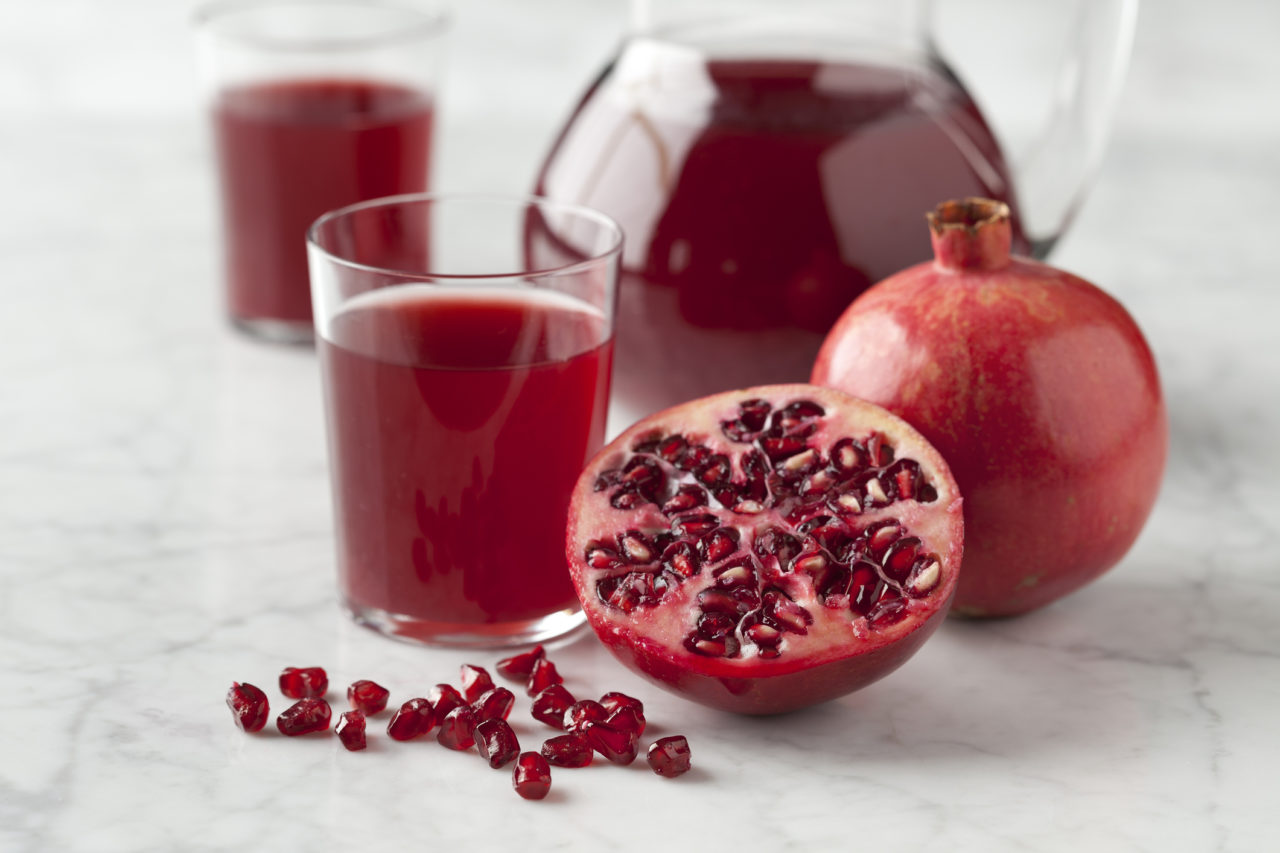
Beverages: You may use apple juice or cider, carob, grape juice, pineapple juice, pomegranate juice, prune juice, soy milk (hot and well-spiced). Herb Teas you may enjoy are spiced black tea, chamomile, cinnamon, peppermint, Yerba Mate and in moderation fennel. Avoid alcohol, almond milk, chocolate milk, grapefruit juice, icy cold drinks, iced tea, orange juice, rice milk, tomato juice. Occasionally you may have rosehips tea and licorice tea in moderation. In herb teas, avoid marshmallow.
Spices: All spices are good. Avoid salt.
Sweeteners: Fruit juice concentrate, raw and unprocessed honey. Avoid molasses, barley malt, natural sugar, white sugar and maple sugar syrup.
Lunch should be your largest meal, then breakfast and dinner should be the smallest. You need all six tastes to be truly satisfied. However the amount of each of these tastes needs to be adjusted according to the constitution. For the kapha constitution, bitter taste clears the foggy kapha mind. Pungent taste enlivens the kapha mind and causes all doshas to become more extroverted and expressive. Astringent taste draws in (or constricts) the over-complacency of the kapha constitution. Sweet taste promotes love and satisfaction in all doshas but when consumed in excess by kapha types, sweet taste creates lethargy and attachment. Too many sour foods may cause kapha’s to become envious or jealous. Salty taste when consumed in excess by kapha types, promotes greed.
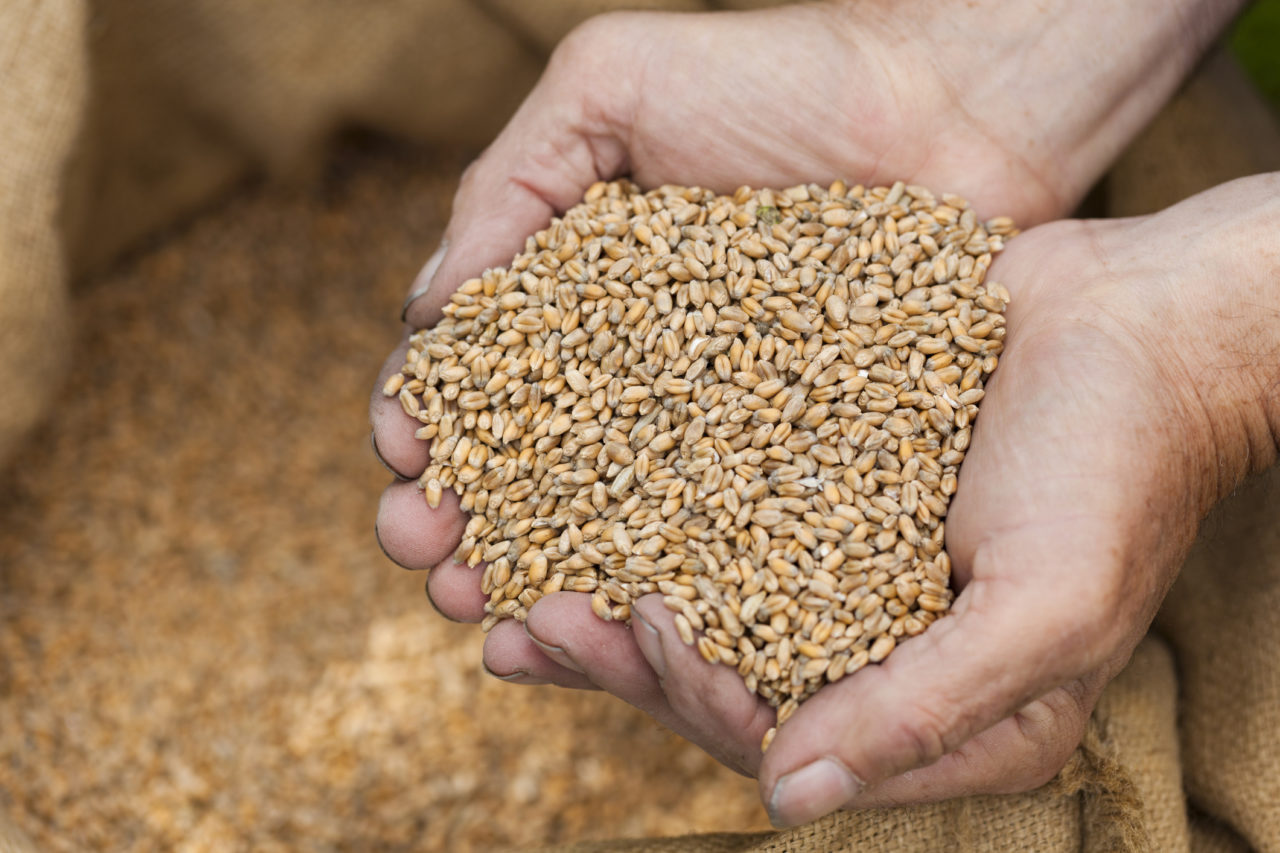
Ayurveda uses the measurement of the “añjali” to determine the size of a meal. Dr. Lad describes an añjali as a measurement formed when two hands meet together to make an empty bowl. How does this measurement compare to the amount of food you eat now at each meal? The kapha constitution tends to have a larger frame, thus larger hands, allowing kapha’s more food at each meal than the other constitutions. But beware, it is not that much more food. Kapha’s can have a tendency to gain weight easily due to their lethargic nature. Thus the need to monitor the amount of food eaten is imperative. The heavier the food one eats, the heavier one will feel (like increases like). Use the “anjali” as a way of controlling portion size. Take note that in order to keep the metabolism from stalling; sleeping in the middle of the day is not a good idea. In fact, it can lead to all constitutions increasing their kapha qualities.
